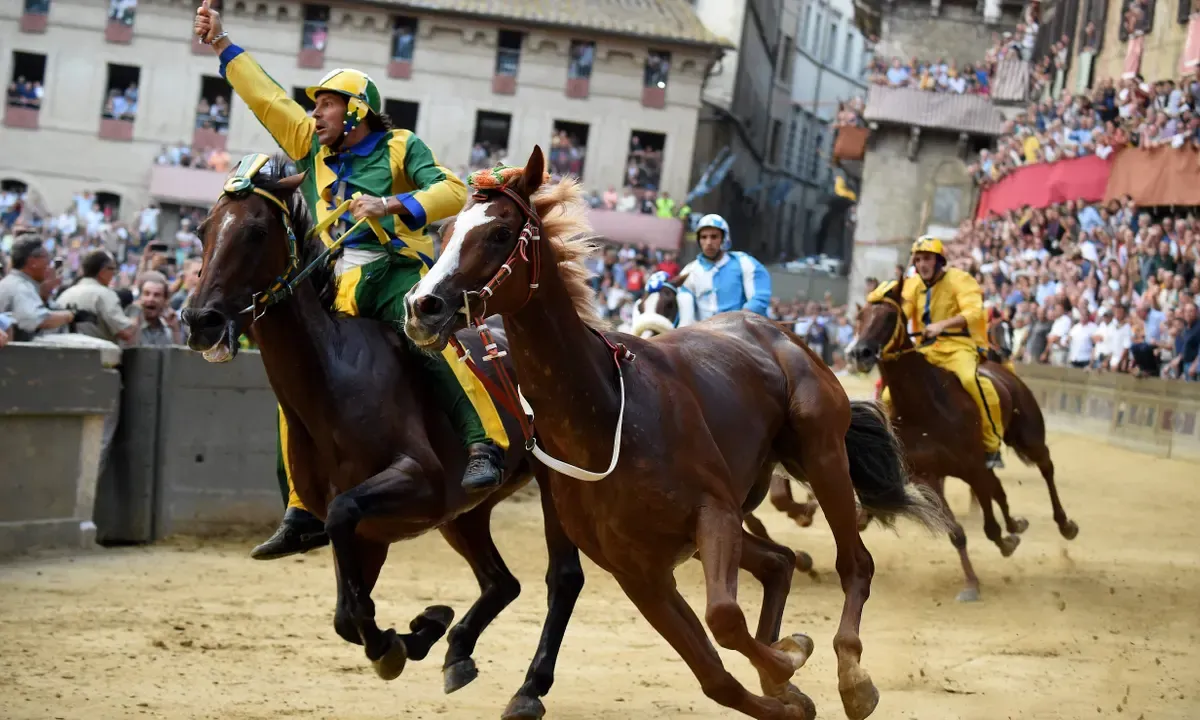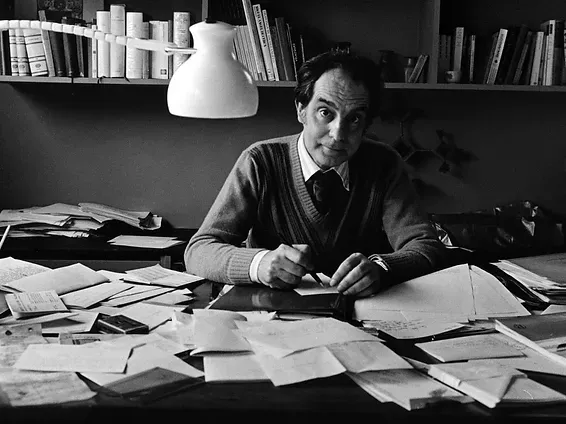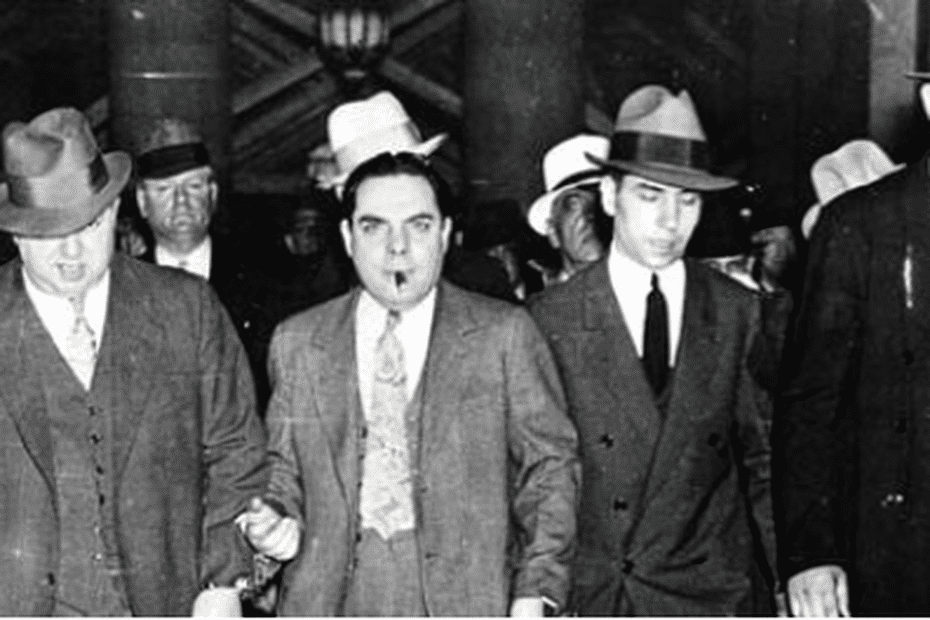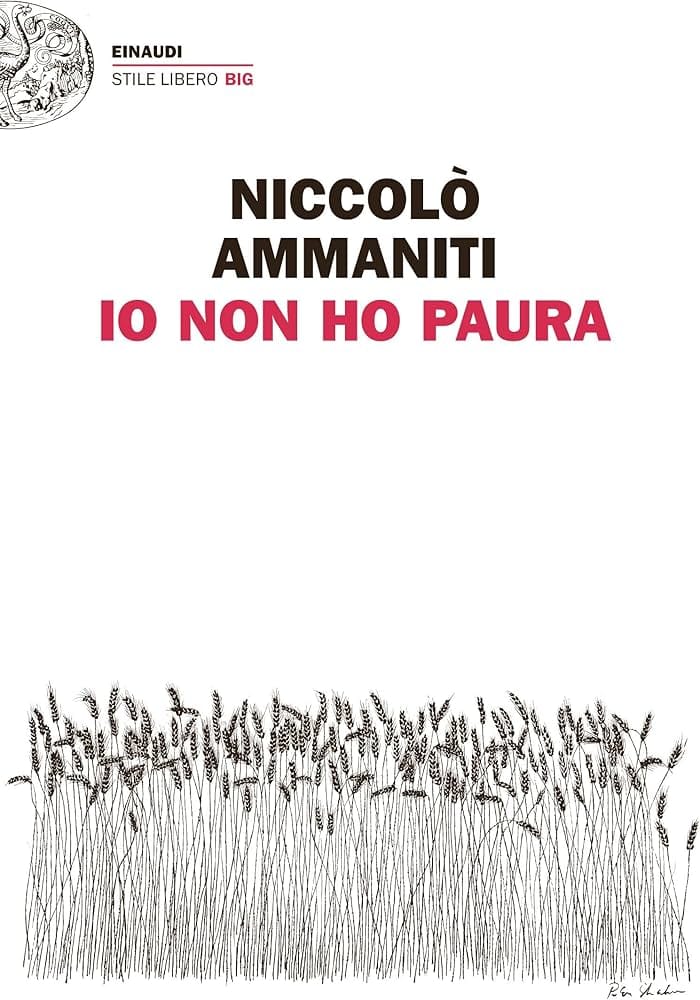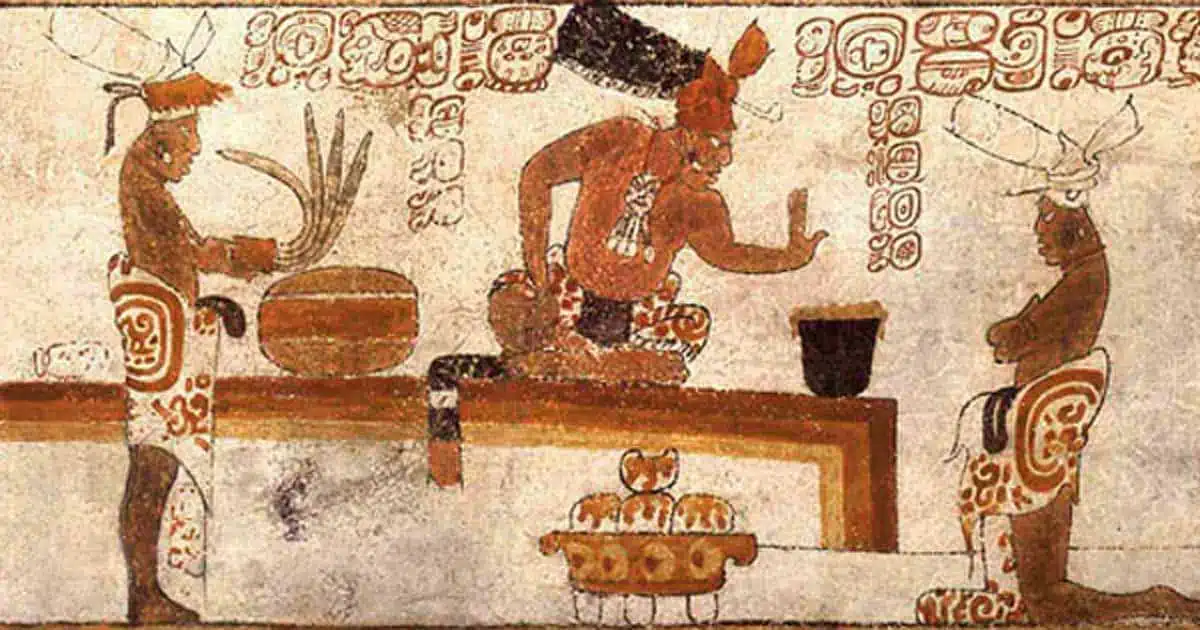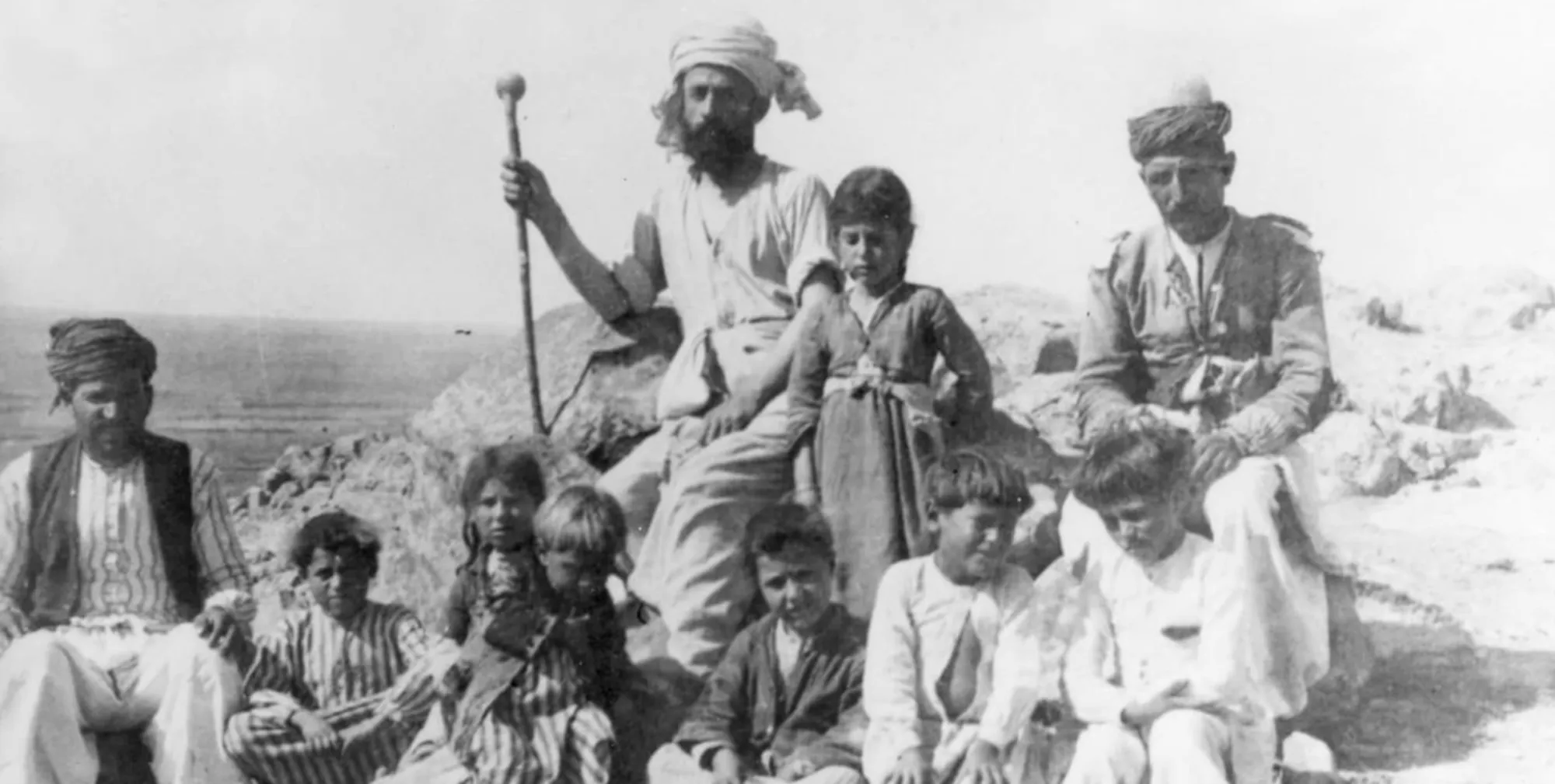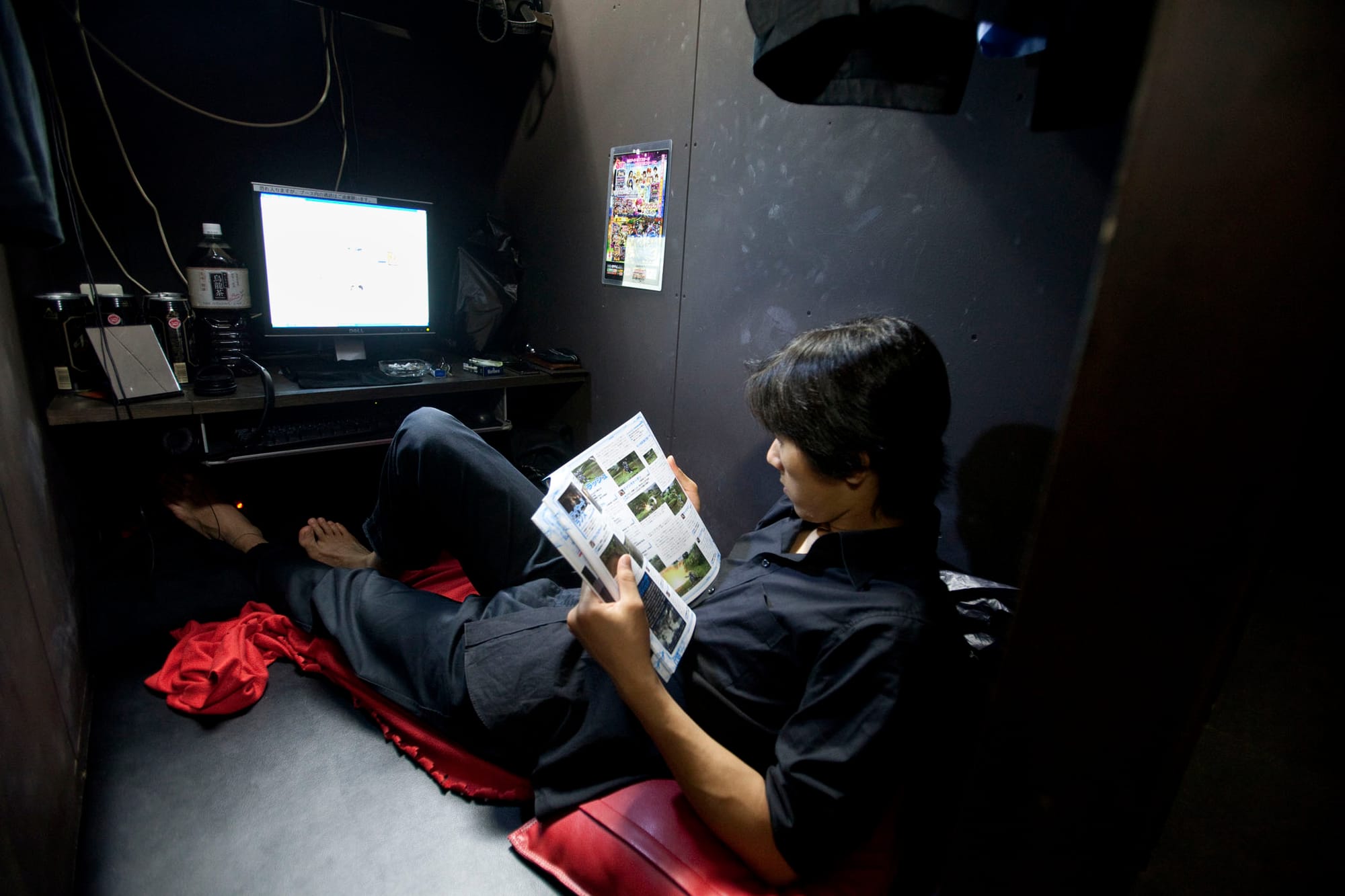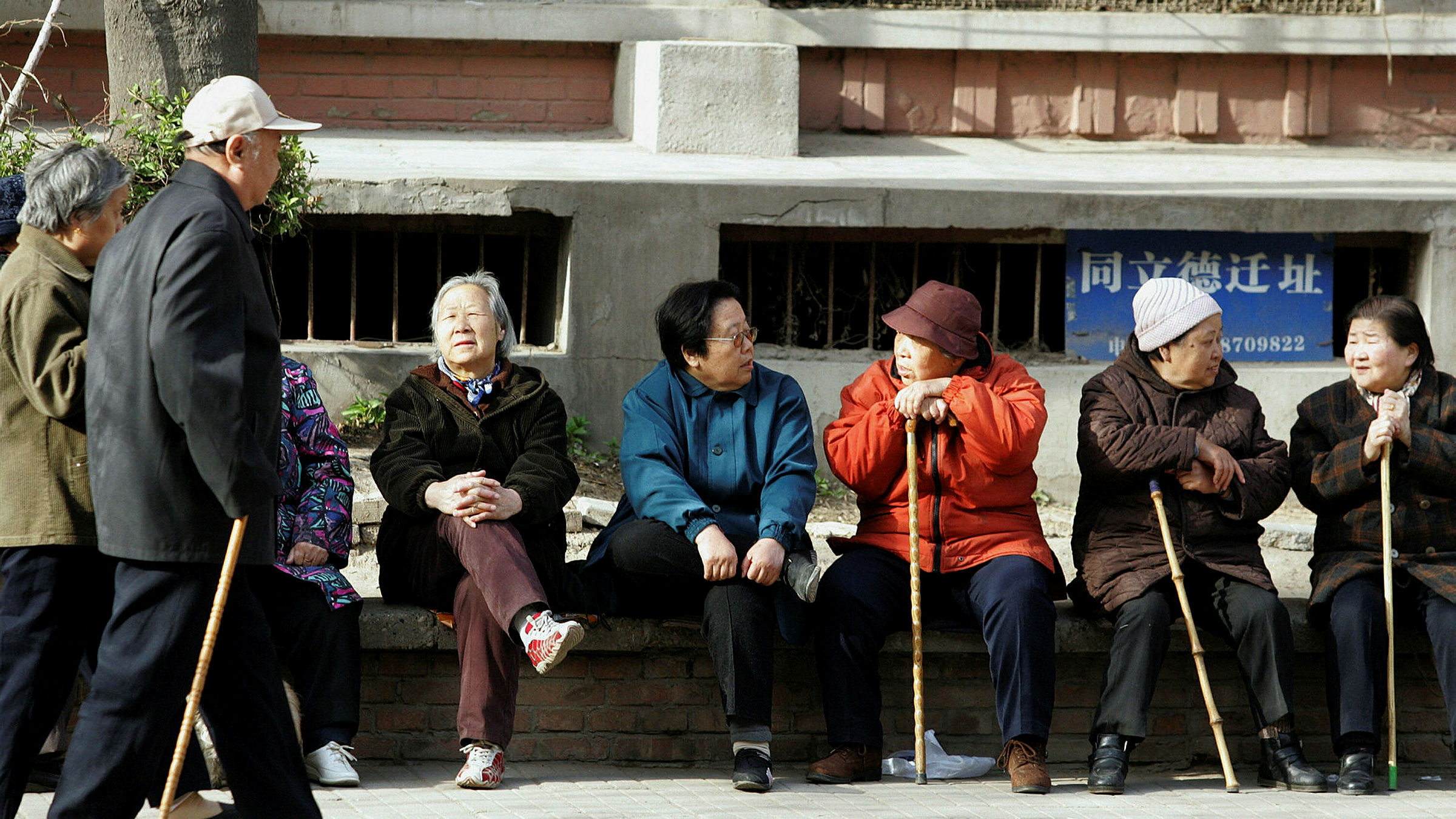When Italian sport is brought to the forefront of conversation, one is likely to refer to footballing powerhouses, such as Juventus or AC Milan, or the success of the Italian rugby team. However, if you happen to be in the Piazza del Campo during the Palio Di Siena you would likely assume that this event is at the pinnacle of Italian sport.
This competition, plagued with controversy, drama and intrigue, dates back to the late 16thcentury. With the Grand Duke of Tuscany outlawing bullfighting in 1590, the people of Siena took to organising races in the Piazza del Campo. After 40 or so years of buffalo and donkey racing, horseback racing finally took centre stage, with the first modern Palio race taking place in 1633. Thankfully, ever since this inaugural event, the passion for the sport has not eased off.
To this day, the race takes place twice a year on the 2nd July and the 16th August. Ten horses and riders, dressed in appropriate colours representing their Contrade (an urban ward), take part all with the same intention of restoring glory for the district they are representing. Whilst victory on the day is of paramount importance, so too is what occurs 3 days prior. A lottery determines which horse will run for each Contrada. Typically, a bad horse will result in a bad outcome. However, the attention prior to racing is not just focused on which horse is supplied to each jockey, but also the actions of the jockeys themselves. Bribery in this sport is commonplace, with jockeys in the past having been seen to deliberately obstruct other horses or fall off their mounts. Thousands of dollars of bets are placed onto different horses, whilst even more money is pushed in the direction of the jockey in the hope that they follow specific commands, whether that be to take out a fierce rival or underperform on purpose.
The antics prior to the contest are undeniably fascinating whilst the emotions on the day of the race are unparalleled. The race is preceded by a squad of gendarmerie, on horseback withwielded swords, demonstrating a charge around the track. This is then followed up by a pageant to the sound of the March of Palio, which is conducted by flag wavers in medieval costumes. All the while, the crowd, from the bleachers to the box seats, are roaring, building themselves up for 3 laps and 90 seconds of pure euphoria. The sound only increases further once the race begins. The jockeys with whips in hand, both to use on their own horse and to distract other riders and horses, know they are racing for the pride of their Contrade. For these spectators, losing is not an option.
Despite the race bringing about incomparable highs for the spectators, the event does carry with it some negatives. The fast paced, cramped and intense nature of the race has resulted in severe injuries. Between 1970 and 2007 48 horses died, at an average of one per year. As a result, many preventative measures have been taken, with one of the most interesting being the building of a replica track in the town of Mociano. This allows for the horses to become accustomed to the slope and shape of the course prior to the race in the Piazza.
The immersive competition draws in 50,000 spectators, and hopefully with the new safety measures put in place, long may it continue to do so. The event is a true spectacle and a key date in the diary for any thrill-seeking Italians and tourists.
